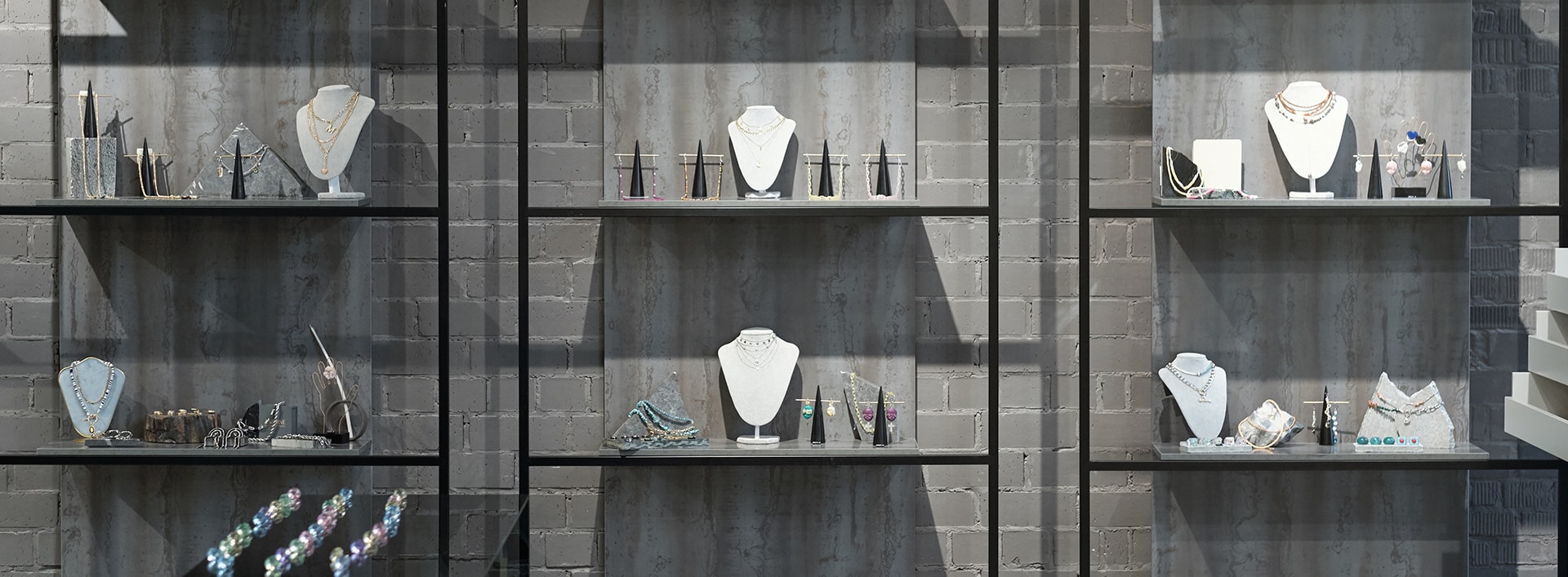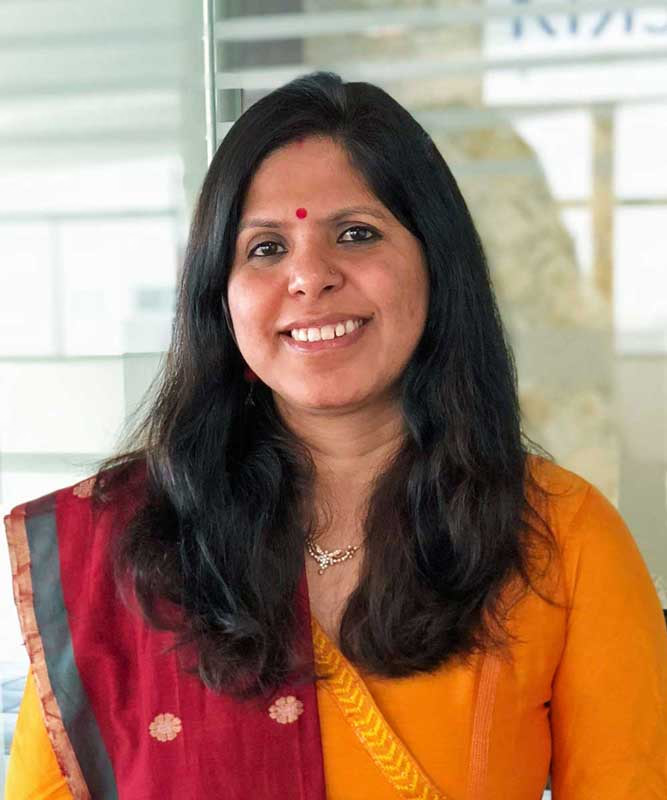The luxury jewelry industry was a 37.4 billion USD playground
back in 2022. However, it is estimated to reach a whopping
40,190.2 billion USD by 2031. Obviously, luxury brand CMOs are
strategizing to get a slice of this growth wave.
So then, what are luxury jewelry CMOs doing about it? Well, consumer behavior clearly indicates that immersive experiences are at the epicenter of this evolution.
Today, every luxury brand wants to ride the AR/VR/XR revolution to make the most of this 8.2% (CAGR) growth.
In fact, 3D immersive experiences are reshaping consumer behaviors and expectations in 2023. In short, staging 3D experiences is no more an option luxury brands can afford to postpone.
Let’s look at the most important factors that define success for luxury jewelry brands. We will also cover in this blog, how these factors change if the brand uses a 3D configurator. The objective of the blog is to cover opportunities brand CMOs are missing out if they do not leverage a 3D configurator.
Also, check out this blog that tells a lot about how 3D immersive experiences are transforming consumer experiences in 2023.
1. The luxury jewelry industry is a shopper’s paradise
We are in a fast-paced digital world. Today, consumers seek more than just static images of jewelry. They want to engage with products in a meaningful and interactive way.
According to recent statistics, 66% of shoppers actively seek out interactive experiences when making purchasing decisions.
Luxury jewelry brands that do not integrate a 3D configurator into their online platforms are simply denying their customers the chance to virtually try on different pieces. This feature alone significantly elevates the shopping experience. In fact, the lack of this capability alone is known to result in consumers drifting to the competition.
Without a 3D configurator, luxury brands limit their customers to merely looking at pictures. On the other hand, a 3D configurator empowers customers to virtually wear and view jewelry from all angles. This offers an immersive and engaging experience. This extended engagement translates to increased conversion rates and longer time spent on the brand's website. Thus, 3D configurators ultimately contribute to higher sales.

Infact, KiksAR 3D configurator has helped brands like Diamond Direct increase their engagement by 18%. The conversion rates were reported to go up by 3%. To add to this, even for the lost shoppers the average session time went up by a whopping 4 minutes. Now, that’s the opportunity missed for a lot of brands who are not adopting this 3D Configurator.
2. Scaling up the made to order game
We are in the age of personalization. Today, luxury consumers expect brands to offer tailored experiences. 80% of consumers make purchases from brands that provide personalized experiences.
Luxury jewelry brands that fail to implement a 3D configurator miss the opportunity to create a personal touch for their customers.

Without a configurator, brands are limited to offering pre-designed pieces. Such products do not align with individual preferences. With a 3D configurator, customers can actively engage in the design process, selecting gemstones, metals, and styles that resonate with their unique tastes.
This level of personalization enhances the emotional connection between the customer and the brand. To add to this, it also increases the likelihood of repeat purchases and brand loyalty.
3. Speaking the Bespoke language
The desire for unique and customized products is growing among consumers. Research indicates that 45% of consumers pay extra for personalized products. Luxury jewelry brands that do not utilize a 3D configurator miss the opportunity to tap into this growing market for personalized luxury items.

In the absence of a configurator, brands offer a limited range of pre-designed pieces. With a 3D configurator, customers become co-creators, customizing jewelry to their exact specifications. The configurator empowers them to choose the finest details, from gemstone cuts to metal finishes. This level of customization not only caters to individual preferences but also justifies premium pricing owing to the uniqueness of each piece.
4. Audience Analytics
Data-driven decision-making is a key driver of success in today's luxury jewelry landscape. Brands that leverage consumer insights outperform their peers. Studies show that 62% of companies that use customer data have a competitive edge. Luxury jewelry brands that do not adopt a 3D configurator are missing out on valuable insights into customer preferences and trends.
Without a configurator, brands lack direct access to customer choices and preferences.

Conversely, a 3D configurator collects data on style preferences, material choices, and design selections. This data serves as a goldmine of information, enabling brands to refine their marketing strategies, optimize product offerings, and create tailored campaigns that resonate with their target audience.
Considering adopting this technology by industry veterans? KiksAR’s patented 3D configurator has helped many luxury jewelry brands ride this wave with zero frictions ( 100 Million sessions & counting). Set up a 30 Minute discovery call to explore synergies.
5. Easing Inventory Load
Effective inventory management is a cornerstone of successful retail operations. Research indicates that 43% of retailers believe that efficient inventory management enhances profitability. Luxury jewelry brands that do not implement a 3D configurator miss out on the opportunity to streamline their inventory and reduce costs.

Without a configurator, brands may struggle with inventory-related challenges, such as overstocking or understocking certain designs. A 3D configurator offers a solution by enabling brands to produce items on demand, minimizing excess inventory. This lean approach to inventory management not only reduces costs but also ensures that the brand's offerings remain aligned with consumer preferences and current trends.
Conclusion
In today’s world luxury consumers demand immersive experiences, personalized offerings, and customization options. On the other hand, brands require data-driven strategies, and efficient inventory management. Thus, absence of a 3D configurator is a missed opportunity for luxury jewelry brands.
As consumer expectations continue to evolve, brands that embrace this technology stand to gain a competitive advantage in the luxury jewelry market.
By integrating a 3D configurator into their business model, luxury jewelry brands enrich the consumer experience, foster brand loyalty, tap into the demand for customization, harness valuable consumer insights, and optimize their inventory for sustainable profitability.
Kavita has been adept at execution across start-ups since 2004. At KiKsAR Technologies, focusing on creating real life like shopping experiences for apparel and wearable accessories using AI, AR and 3D modeling

